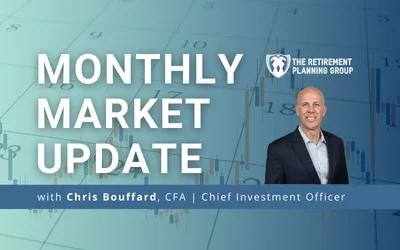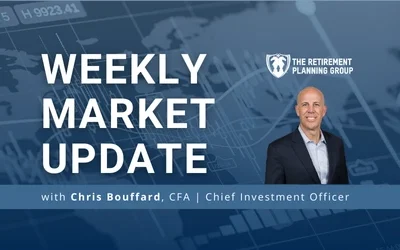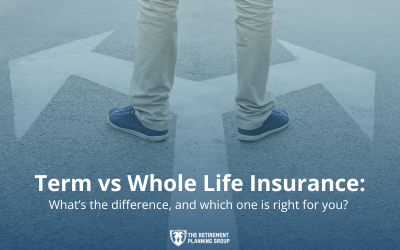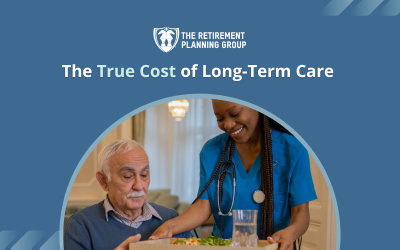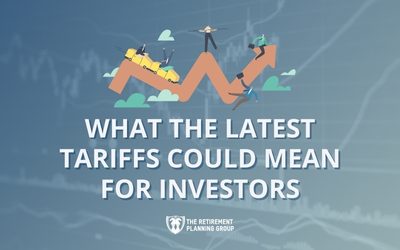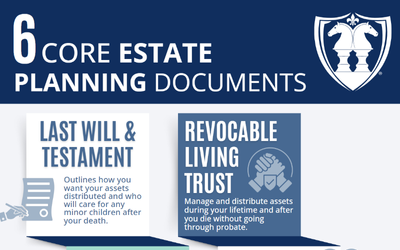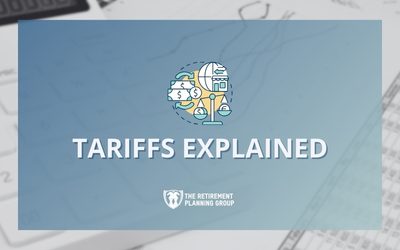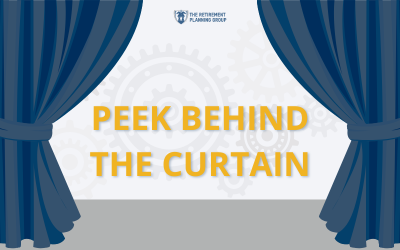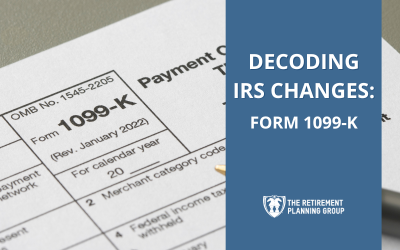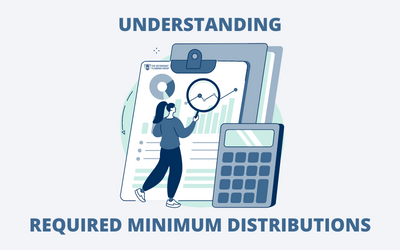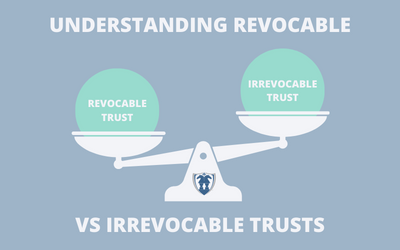Explore our Blogs and Market Updates
Stay in the know with our timely blog content covering everything from finding the right wealth manager to important IRS tax updates! Our Weekly and Monthly Market updates will keep you up to date on economic market trends.
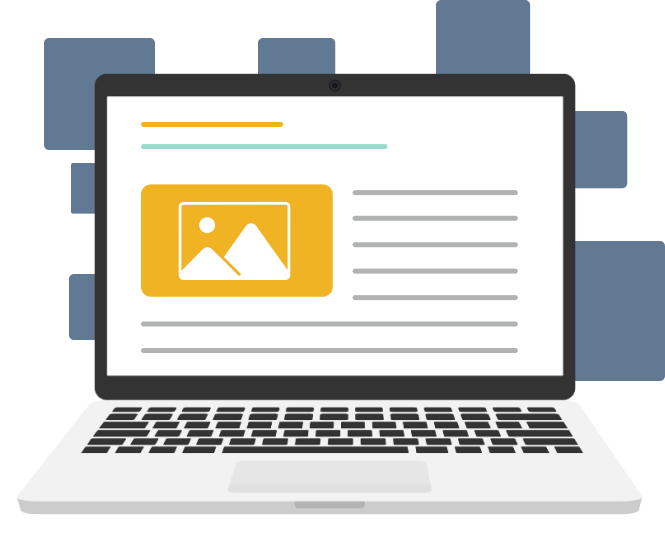
Recent Market Updates
Monthly Market Update – June 2025
Key Takeaways STOCKS RALLY DESPITE LINGERING CONCERNS The second quarter began with market turmoil due to tariff fears but...
Weekly Market Update – July 3, 2025
Quick Takes It was a short week, with markets closed early on Thursday and all day on Friday in observation of the...
Weekly Market Update – June 27, 2025
Quick Takes Wall Street had its best week since mid-May and the fourth best week of the year, with the S&P 500 Index...
Additional Content
Do I Need a Will, a Trust, or Both?
You've checked the box. Maybe years ago, maybe recently, you created a will. That's a big step. But if you're like many...
Term vs Whole Life Insurance: What’s the Difference and Which One is Right for You?
If you've ever googled 'term life vs whole life' or asked yourself, 'Do I really need life insurance?' - you're not alone....
The True Cost of Long-Term Care
Understanding the cost of long-term care is an important part of retirement planning, but it often gets overlooked. Many...
5 Clever Ways Companies Got Around Tariffs
Do you remember the first time you saw a truck with seats bolted into the bed? Did you think those were installed for extra...
What the Latest Tariffs Could Mean for Investors
If you’ve seen the headlines about new U.S. tariffs and global trade tensions, you’re not alone in wondering what it means...
The Estate Planning Process Made Simple
When it comes to estate planning, the process can feel overwhelming. There are legal documents to draft, financial...
The Essential Estate Planning Documents You Need to Know
Estate planning isn't just about passing down assets; it's about making sure your wishes are honored and your loved ones...
Tariffs Explained
Tariffs—the taxes countries impose on imported goods—are without a doubt a hot-button issue. Some might say it's a nuclear...
Peek Behind The Curtain
As we kick off 2024, it’s likely going to be another interesting year - elections, geopolitical issues, and investment...
Decoding IRS Changes: Form 1099-K
The Internal Revenue Service (IRS) has tweaked the rules for Form 1099-K, and here’s the scoop! This adjustment comes after...
Understanding Required Minimum Distributions (RMDs)
As you prepare for retirement, you may be wondering about the many financial decisions that come with this new stage of...
Trusts and Retirement Planning: Understanding Revocable vs Irrevocable Trusts
Trusts are a crucial estate planning tool that can help individuals protect and manage their assets during their lifetime...
Ready to get started?
Our firm has been helping families and individuals take control of their financial future for over 15 years.
Fill out the form below and one of our wealth managers will reach out to you and answer any questions you might have.
By submitting this form you consent to receive emails, phone calls, and text messaging communication(s) from The Retirement Planning Group at the email and number above. Your consent is not a condition of any purchase or obligation. Message and data rates may apply. Message frequency may vary. You are also acknowledging our Privacy Notice and Privacy Policy.

